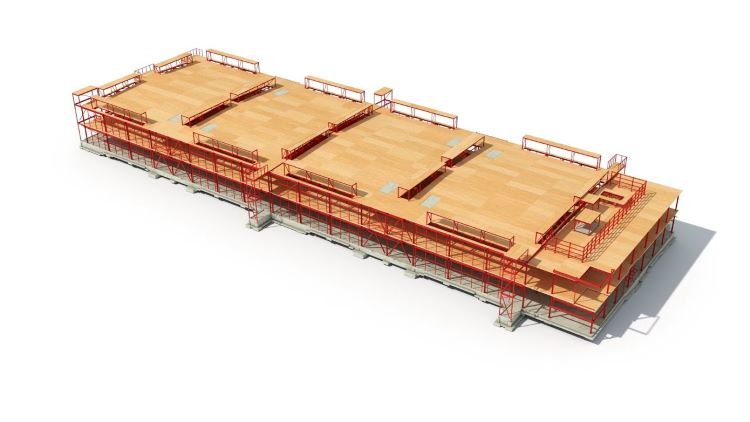Microsoft is building its first datacenters made with superstrong ultra-lightweight wood in a bid to slash the use of steel and concrete, which are among the most significant sources of carbon emissions.
In 2020, Microsoft unveiled ambitious sustainability goals: By 2030, it would be “carbon negative” – meaning it would take more carbon out of the atmosphere than it emits. And by 2050 it would remove from the atmosphere the equivalent of all the carbon the company has emitted since its founding in 1975.
Microsoft has set a sustainability goal to become carbon negative by 2030, meaning the company would take more carbon out of atmosphere than it emits. And by 2050, the company would remove from the atmosphere the equivalent of all the carbon the company has emitted since its founding in 1975.
In order to achieve these goals, Microsoft is investing in several sustainability initiatives, including using renewable energy sources, improving the energy efficiency of data centers, and reducing the carbon footprint of its supply chain.
Microsoft isn’t the only company working hard to meet its sustainability goals. Many big companies and suppliers have their own ambitious carbon-reduction targets.
“A lot of our suppliers are on the same journey as we are,” says Richard Hage, who leads global strategy for datacenter engineering at Microsoft. Everyone is “implementing key initiatives to lower the embodied carbon of their materials and their products.”




